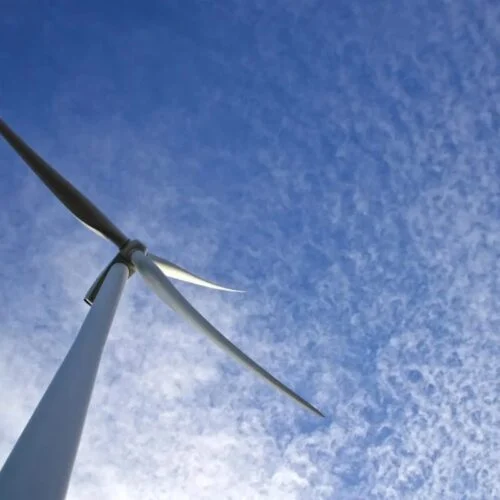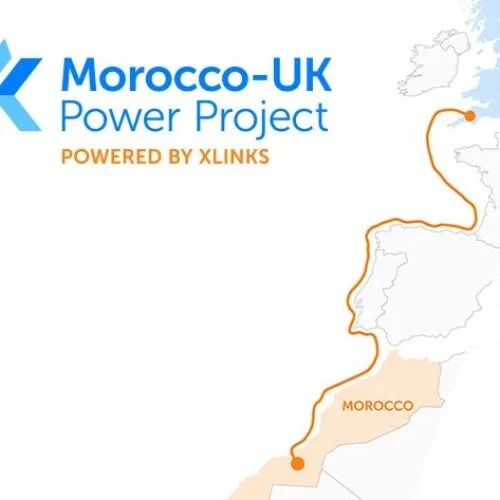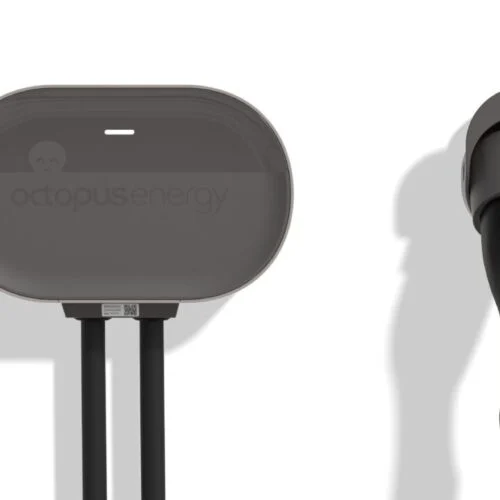Western Power Distribution (WPD) is ramping up its EV and low-carbon technology (LCT) monitoring service with a new tool utilising artificial intelligence (AI).
The distribution network operator (DNO) has partnered ElectraLink and IBM for a Virtual Monitoring (VM) tool, funded through WPD’s network innovation allowance.
The tool will allow WPD to identify and monitor the status and distribution of EVs and LCT on its local, low voltage network.
IBM’s advanced analytics services and IBM Watson studio the companies enterprise data science offering that is looking to build and scale AI, together analyse data from ElectraLink’s Energy Market Data hub to enable this.
The project will investigate the feasibility of creating half-hourly load profiles for WPD customers that can be fed into a VM tool, which will use cognitive analytics, a variety of data sets and tested proof of concept models, ElectraLink said.
It will be the first time in the UK that virtual asset monitoring, using customer data, has been attempted on an electricity network, it claimed.
The virtual monitoring of EVs and LCTs is set to improve WPD’s planning and facilitate the uptake of EVs, allowing WPD to demonstrate cost savings in line with RIIO2 protocols.
It builds on a previous project, the LCT Detection project, which identified around 15,000 electric vehicles and solar installs previously unknown to Western Power Distribution’s (WPD) network.
Jonathan Berry, innovation team manager at WPD, said the LCT Detection project showed what can be done to gain a widescale view of what is happening on the network.
“The VM Data project takes this a step further – we will create robust and validated models which we can use to plan, forecast and reduce costs. This project will set the precedent for using data and machine learning to proactively improve, manage and operate electricity networks,” he said.
Greater visibility of EVs and other low carbon technology has been on the agenda of several DNOs in recent months. Scottish and Southern Electricity Networks began rolling out EV and demand monitors at its low voltage substations in June, and SP Energy Networks launched a new EV modelling tool to improve demand planning the same month.






